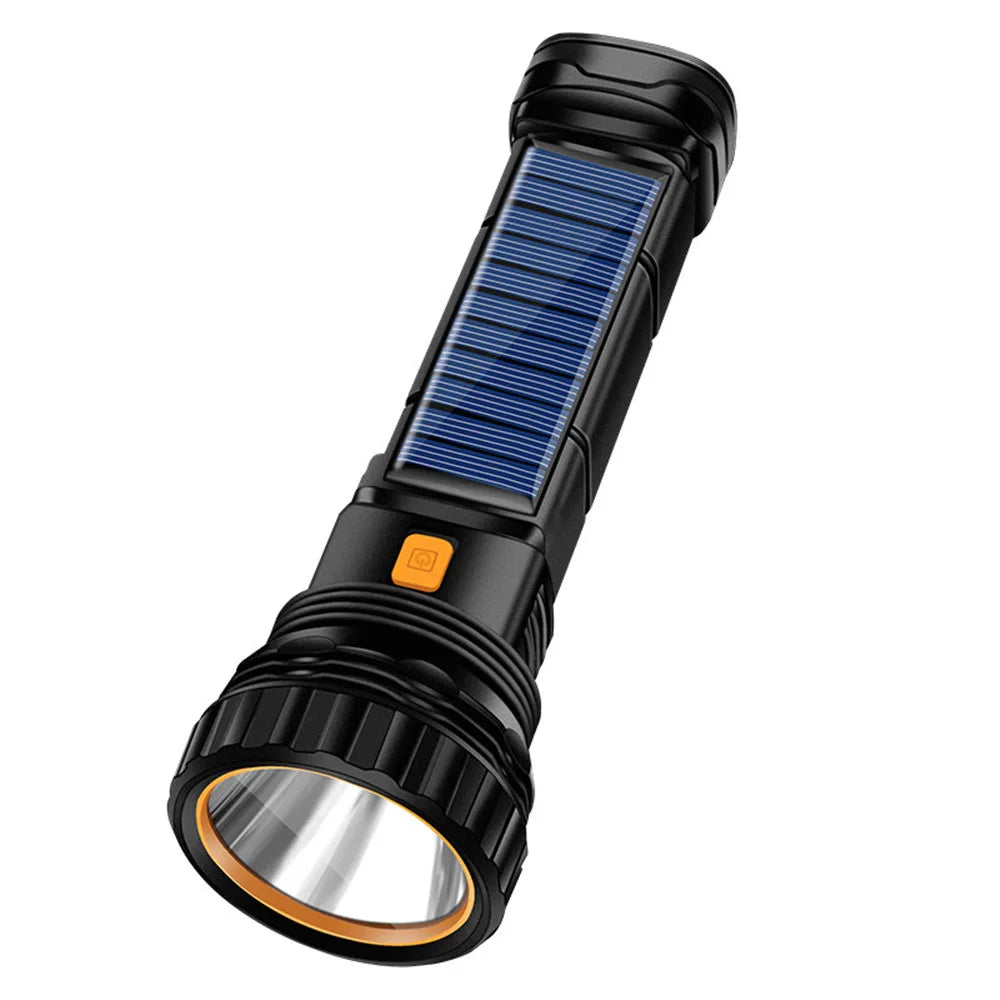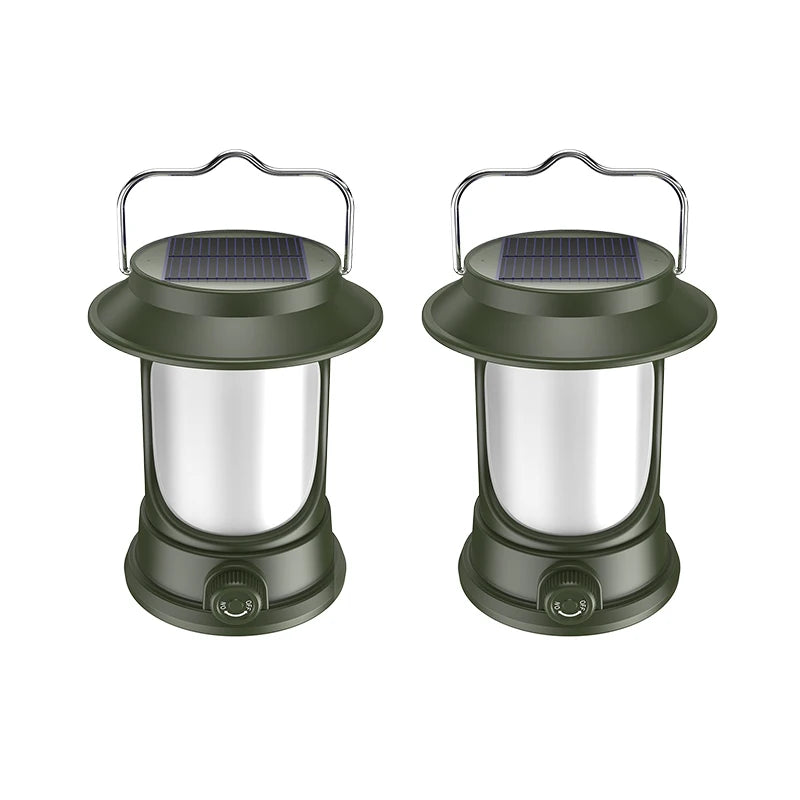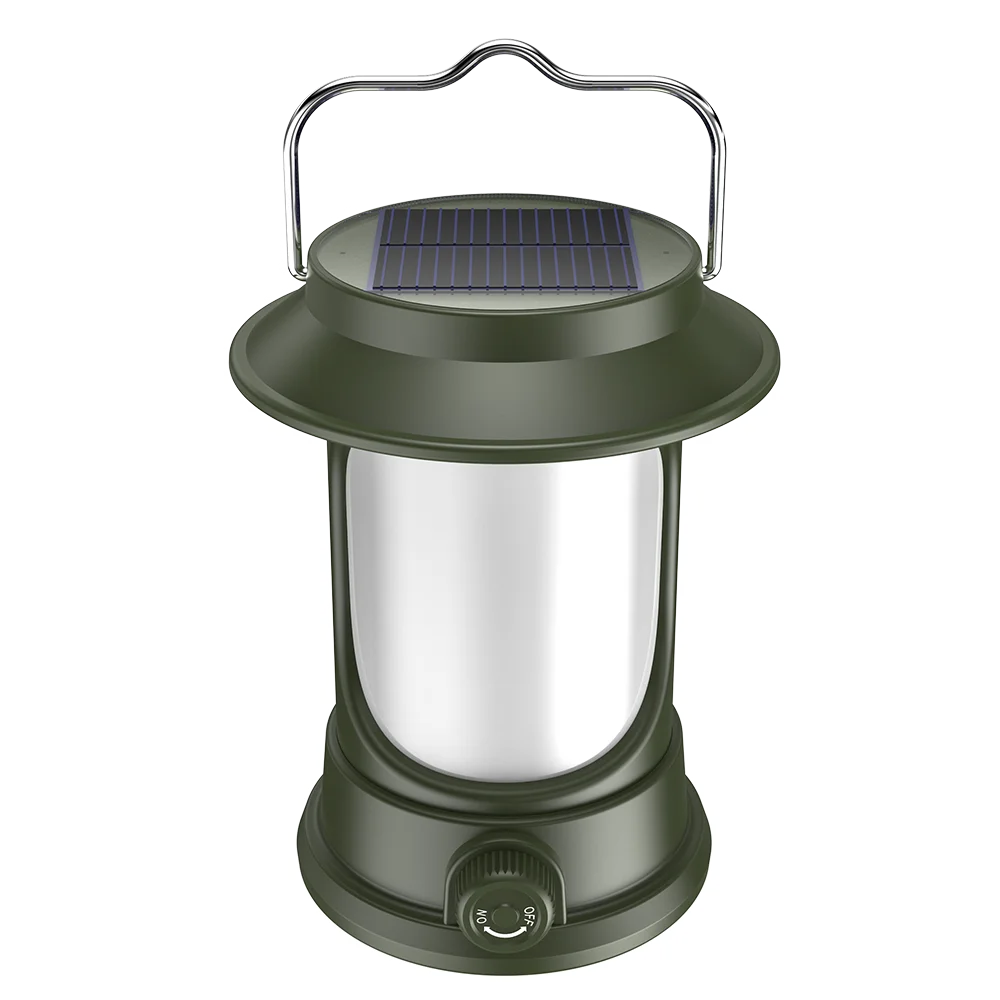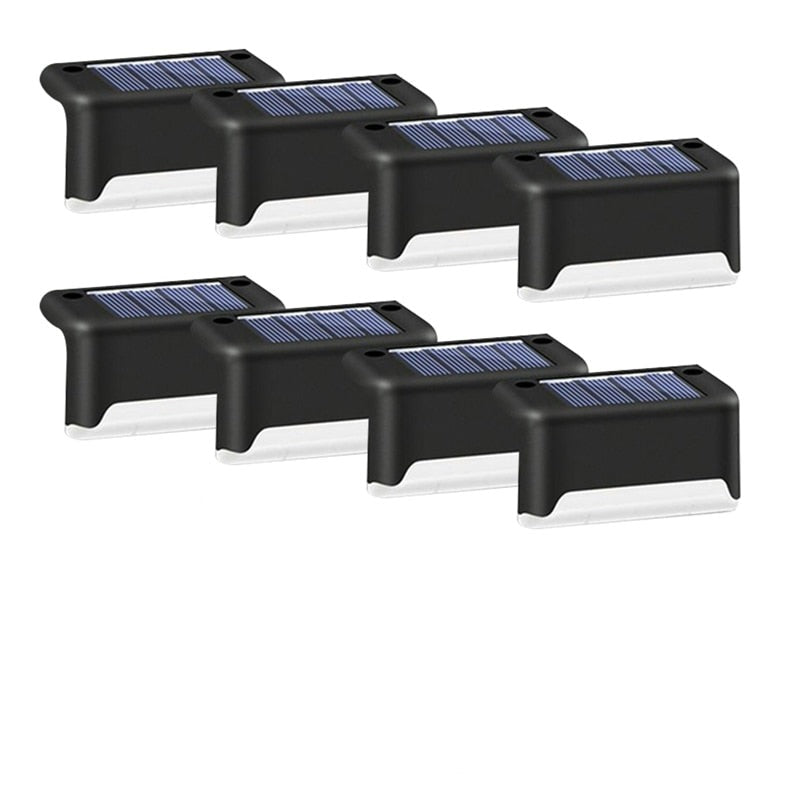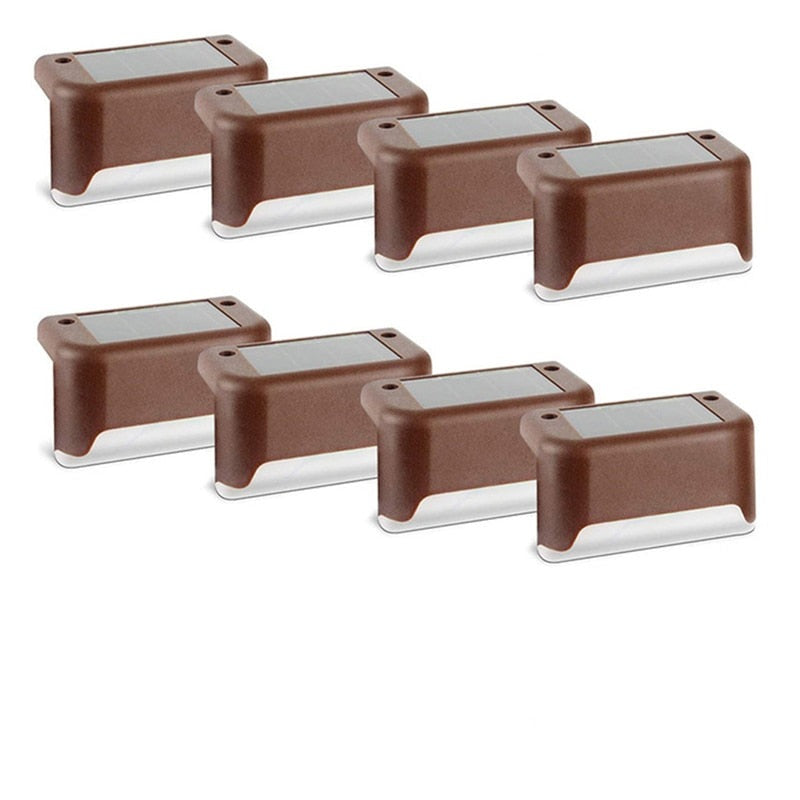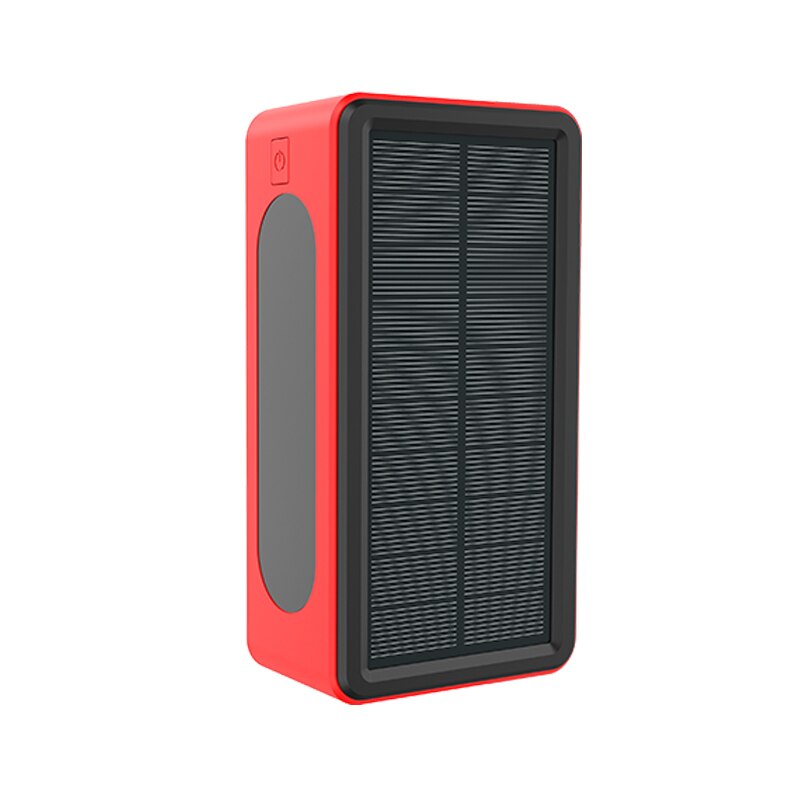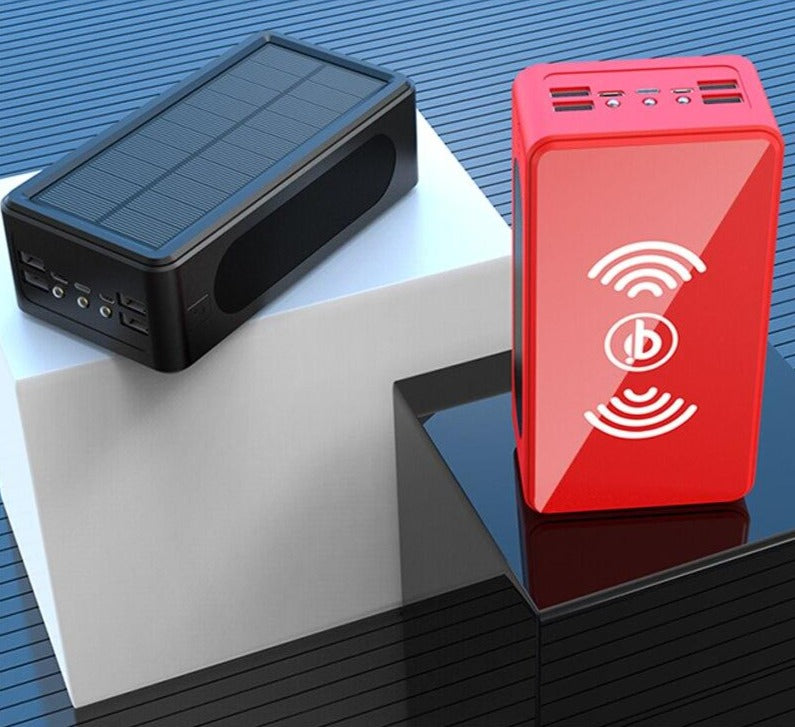Introduction: Facing the Unthinkable
A nuclear emergency may sound like a scene from a movie, but in today’s unpredictable world, the threat is real. Whether it's due to geopolitical conflict or a nuclear accident, understanding how to act in such a crisis is critical.
This article won’t scare you. It’s not about panic. It’s about being prepared with clear, actionable steps that could save your life and the lives of those around you. Because survival starts with knowledge.
1. Know the Risks and Stay Informed
Not all nuclear events are the same. The source could be a nuclear power plant accident, a dirty bomb, or a warhead detonation. Each scenario has its own risks, but the basics of protection are surprisingly consistent:
-
Distance: The farther you are from the source, the better.
-
Shielding: Dense material (concrete, brick, lead) offers protection.
-
Time: Radioactive danger reduces significantly in the hours and days after an explosion.
Sign up for local emergency alerts and pay attention to official sources. Avoid misinformation.
2. Before It Happens: Preparedness Is Key
Preparedness begins long before anything happens. Here's what you should have ready:
-
A designated shelter space (preferably underground or in a windowless basement)
-
A basic emergency kit: food, water, radio, flashlight, batteries
-
Potassium iodide (KI) tablets: only to be taken when instructed by authorities
-
A plan with your family: Where to go, what to bring, how to communicate
Stock enough water (1 gallon per person per day) and food for at least 72 hours, ideally two weeks.
3. During the Event: React Calmly and Quickly
If a nuclear blast occurs and you’re within the affected zone, here’s what to do:
-
Don’t look at the flash: It can blind you temporarily or permanently.
-
Drop and cover: Get down, cover your head, and stay down.
-
Get inside immediately: The best shelter is a building with a solid, dense core.
-
Stay inside: Close all windows and doors. Seal any drafts with duct tape and plastic sheets if available.
-
Listen to the radio: Battery-powered or hand-crank radios are essential.
Time is of the essence. The first hour is the most dangerous. Stay shielded.
4. The First 24 Hours: Staying Put Saves Lives
Sheltering in place can be the difference between safety and exposure. Stay indoors until officials say it's safe to leave. Use your emergency supplies. Ration water and food wisely.
Radiation levels drop by 50% after the first hour and by 90% after 24 hours. The longer you stay inside, the safer you are.
5. After the Fallout: Decontamination and Recovery
Once it’s safe to move, follow these steps:
-
Decontaminate: Remove clothes and place them in a plastic bag. Wash your body with soap and lukewarm water. Don’t scrub hard.
-
Avoid contaminated zones: Follow official instructions. Don’t explore.
-
Check on neighbors and family: Help others if you can do so safely.
-
Get medical help if needed: Radiation sickness symptoms include nausea, vomiting, and weakness.
Rebuilding starts with small steps. Stay strong. Support your community.
Conclusion: Hope, Not Fear
No one wants to think about nuclear emergencies, but being prepared can bring peace of mind. It’s about taking control in a situation that feels uncontrollable. Having a plan doesn’t mean you expect the worst — it means you're ready to protect what matters most.
Preparation is power. Stay informed. Stay safe. And remember, even in the darkest situations, there is always a path forward.


